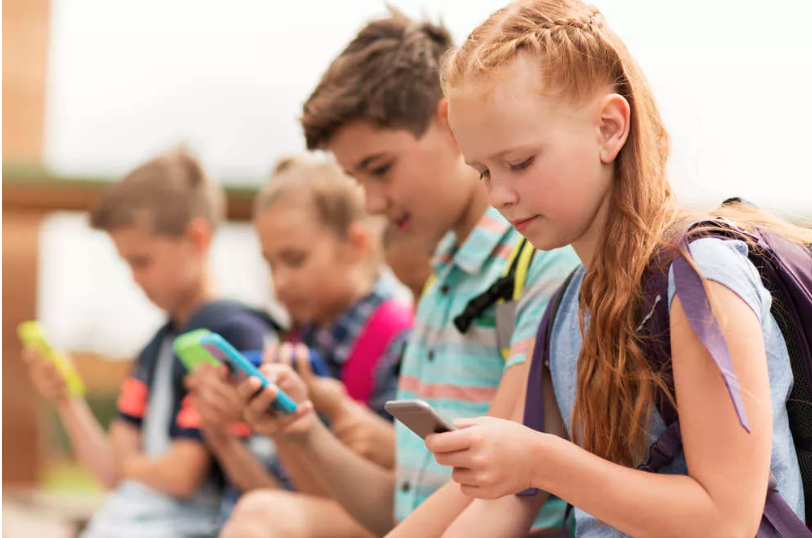If the tools designed to communicate become an obstacle to communication…
Communication devices are valuable tools to develop our natural sociality:
they allow us to stay in touch with people far away, to know new realities,
to move to fields of knowledge that we might never have otherwise
approached. So it could be said that these tools break down barriers, space-time
barriers and cultural barriers.
However, it is possible that those same tools become an obstacle to
authentic communication.
From aggregation to isolation
Books, radio, TV, computers, mobile phones, video games, or tablets are
tools that, if properly used, promote aggregation and sharing. Yet they can
produce exactly the opposite effect, becoming the cause
of isolation.
Who hasn’t seen a group of kids at a party, in a square or in a restaurant,
all together, yet each one alone on their cell phones?
How many children spend their days locked in the house, alone, in front of
TV, a computer, or PlayStation instead of socializing with their peers?
And who – upon seeing a beautiful landscape or a monument, hasn’t thought
first about photographing it (and maybe posting it on his favourite Social
Network) before really contemplating it and sharing their feelings and
thoughts with those next to them?
They are just examples of how tools designed to unite each other can, on
the contrary, create distance.
The “barriers” created by cell phones
One of the tools that in everyday life can “create barriers” between us is, without a doubt, the cell phone.
We don’t want to launch an attack on smartphones here (often it is the way
use we make things that make
them “good” or not), but it is worth remembering that the risk of addiction
is always lurking.
Just think – on average we start using smartphones at 7:23am and end at
23:21pm, for approximately 3 hours a day. These hours multiplied by seven
days of the week is almost 24 hours. In practice, it is like spending a full day
at a week interacting with our phone (
read another article in this regard, which addresses this topic).
Recent studies
confirm that cellular dependence is now a widespread phenomenon in every
advanced country, regardless of age, sex, and social status: instead of
becoming a tool to support interaction with others, it has becomes a tool
to handle our relationships regularly. In this way it is possible that
communication by telephone replaces “real communication”…with the
technical instrument overriding reality.
How the simplicity of children can bring us back to reality
What showed me the extent to which these instruments are hindering
authentic communication – more than any study – was my son.
In his spontaneity (this is a baby only a few months old), he managed to
make me understand the negative relationship I had with technology.
Not long ago, like every new-born, he began
to give his first smiles: a wonderful show.
But instead of enjoying the adorable dumb grins, I immediately armed myself
with a cell phone to immortalize those moments.
When my son, instead of his mother, found himself looking at a smartphone
screen, he stopped smiling.
“No more laughs, darling?” I asked him looking at him. He then laughed
again.
So, I picked up my cell phone and tried again to take a photo.
Again, he stopped smiling in front of my smartphone.
At that moment I understood a truth for nothing (especially in an era like
ours, where we often become victims of the “real-time sharing” fanaticism):
he wanted to smile at me, his mom, in flesh and blood.
He smiled because he saw me, because he gave me security. He smiled at me
and had no reason to show joy and amazement if he found a lifeless tool in
front of me.
The cell phone (useful in so many cases!), at that moment had become an
obstacle between us, its presence between his face and my face made our
communication less authentic.
At that moment – more than ever – I realized that sometimes you have to
leave your smartphone in your pocket and simply enjoy the smile of those
next to us.














